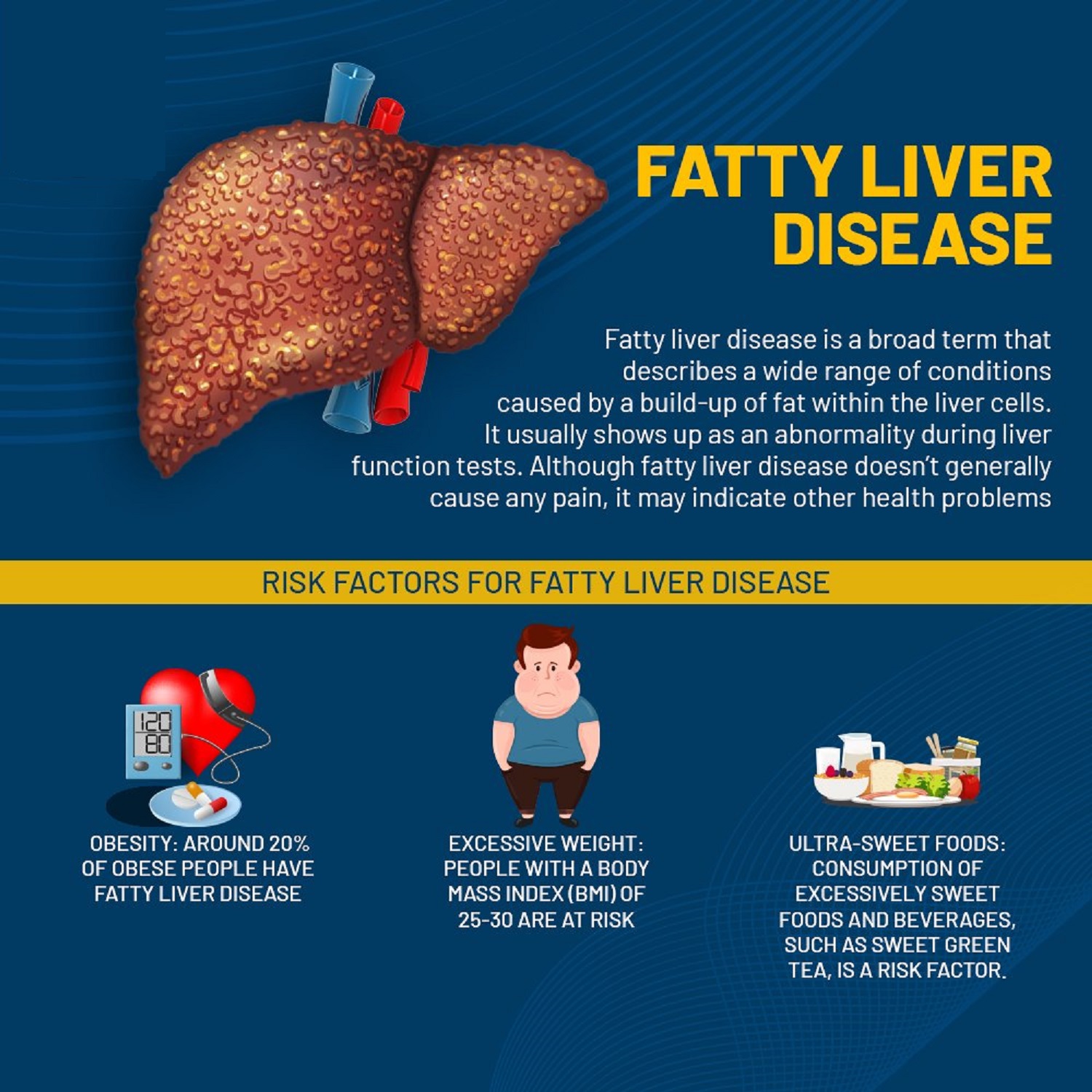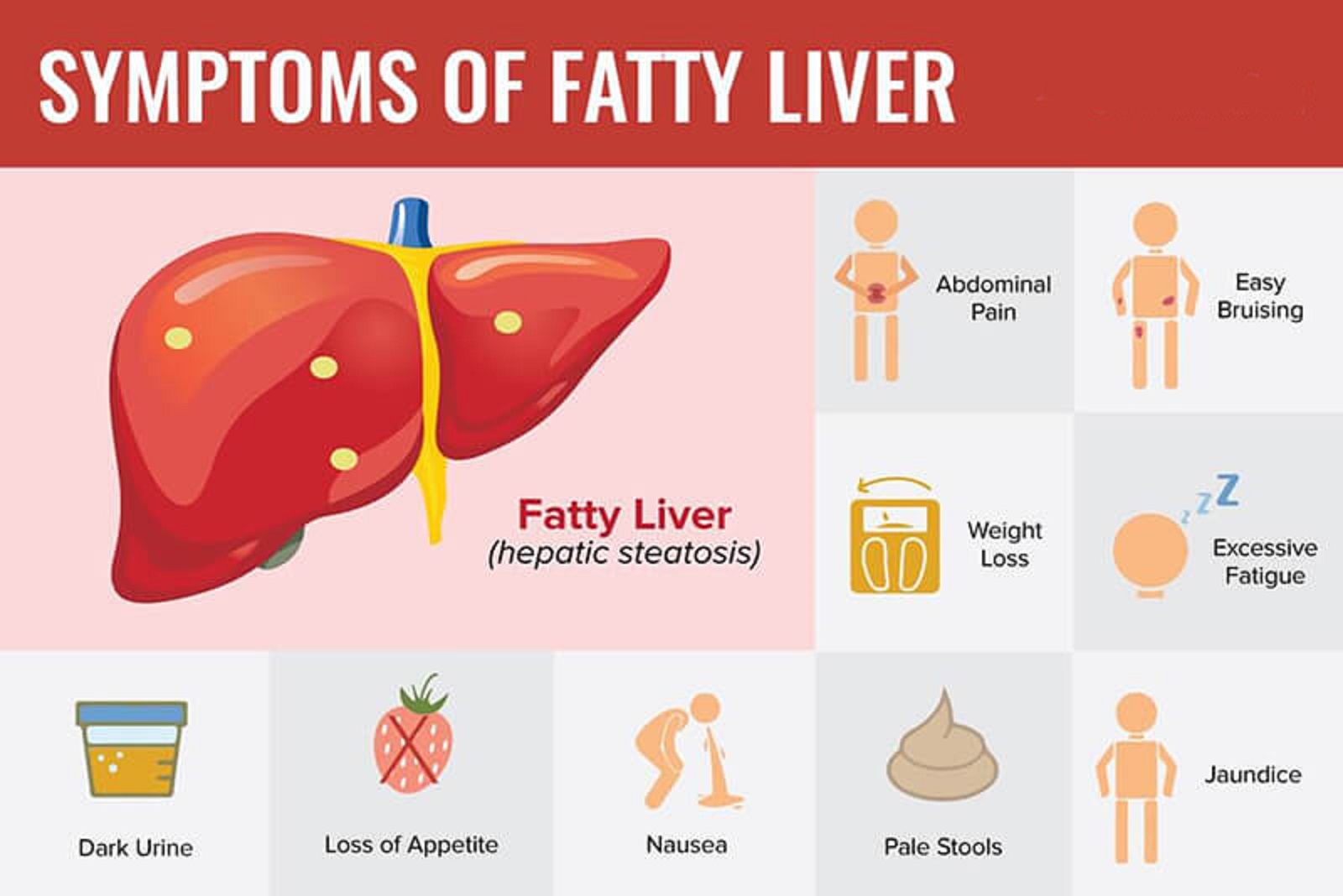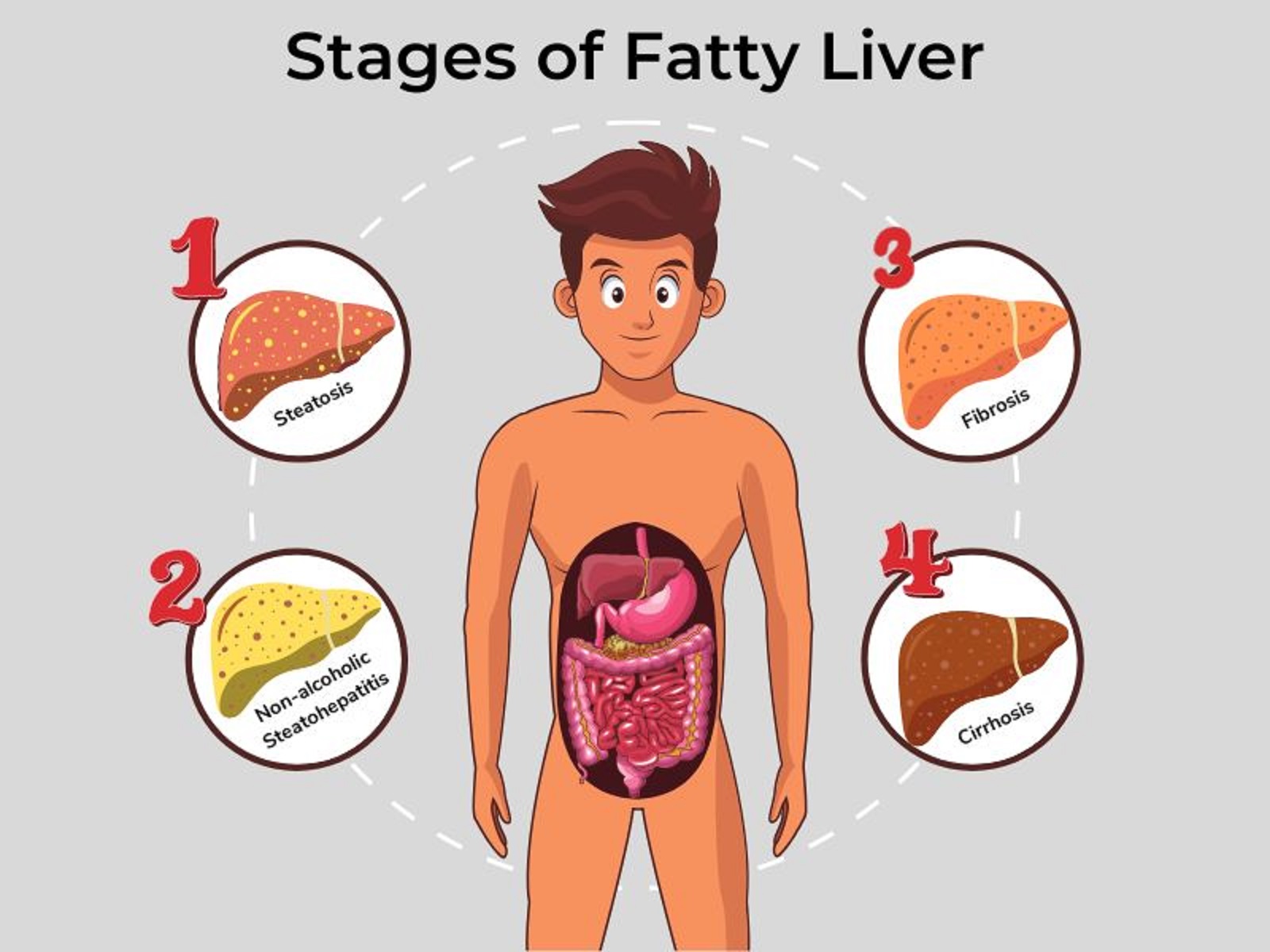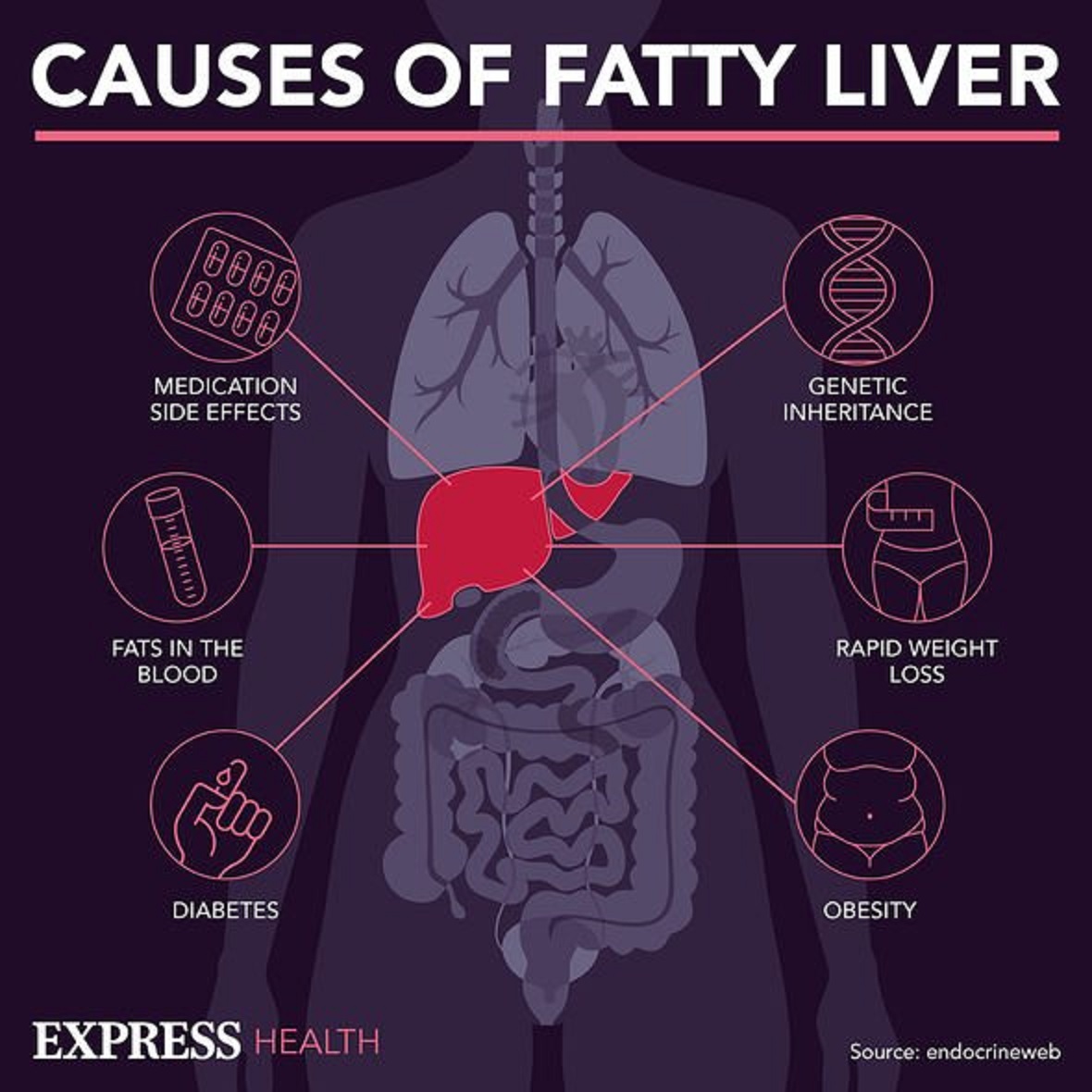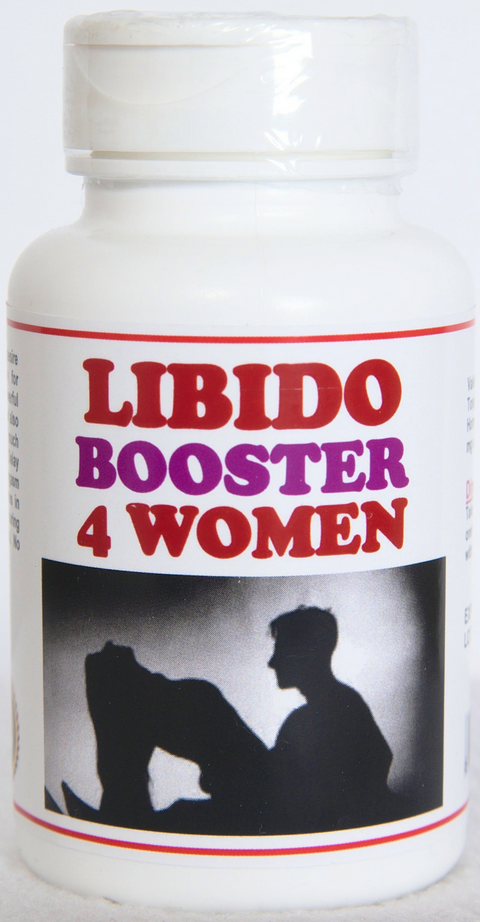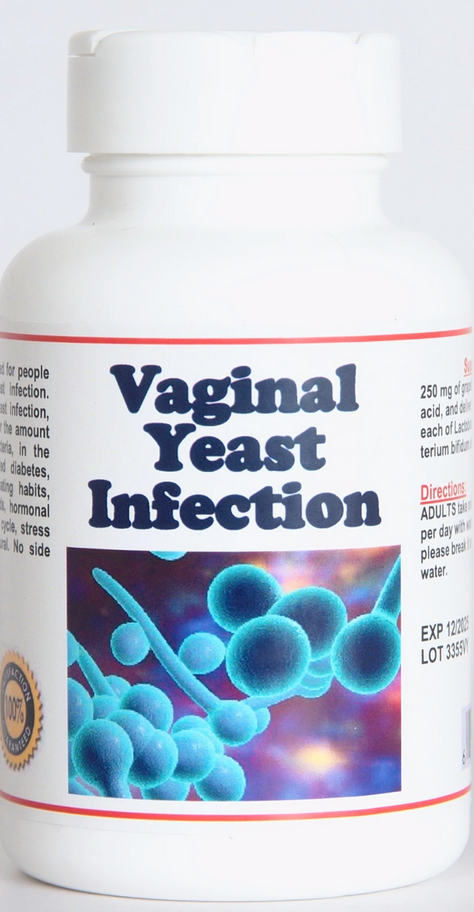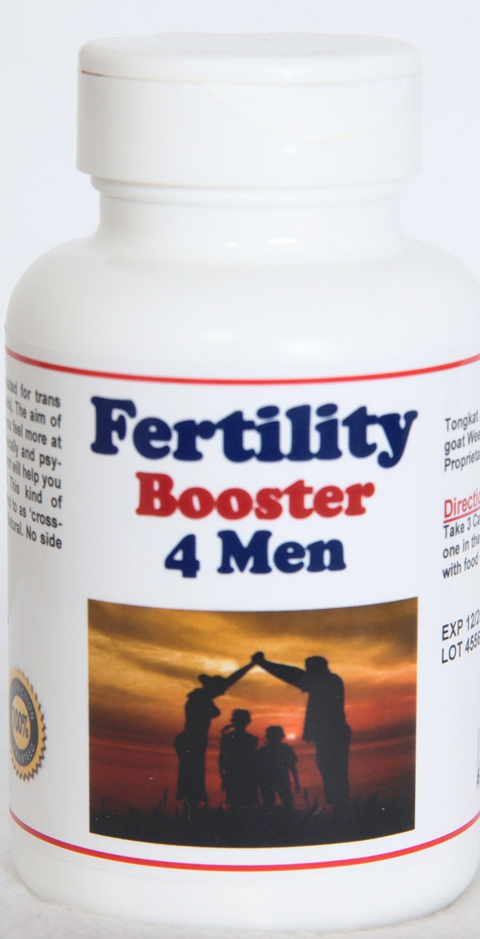Description
According to doctors, a fatty liver isn’t damaging to the body on its own accord. However, the accumulation of excessive fatty tissue can lead to severe liver damage—including inflammation and scarring.
A fatty liver occurs when you take in more fat and calories than your liver can process. As a result, simple fats build up in the liver cells, making the liver prone to damage. The most common reason for the development of FATTY LIVER—with obese individuals increasing their chances of developing the condition by about 75-percent. Although a fatty diet and weight gain is the main culprit, diabetes (or insulin resistance), hyperlipidemia (or elevated lipids in the blood), and alcohol abuse (with 90 to 100-percent of binge drinkers contracting fatty livers) will also increase the chances.
Here are the ten most common symptoms of fatty liver disease:
-
Fatigue: Weakness, confusion, impaired judgment, or trouble concentrating, severe energy loss.
-
Obesity: Carrying around a lot of excess weight will increase your risk.
-
Genetics: Heredity, something that’s passed down from parent to child.
-
Jaundice: Yellowing of the skin and in the whites of the eyes.
-
Urine Color: Unusually dark. This is because of the presence of toxins.
-
Skin Changes: Discoloration in the neck and under the arms, spider veins on the chest, back, and shoulders and palms turning red and nail beds turning white with enlarged fingertips.
-
Abdominal Pain: You’ll experience the discomfort in the center or right upper portion of the abdomen, which may indicate internal bleeding.
-
No Symptoms: Fatty liver disease is often called a silent killer—meaning it shows almost no symptoms, particularly in the beginning stages.
-
Fluid Retention: An engorged abdomen, a condition called ascites, which occurs due to fluid retention in the abdomen and liver.
-
Muscle Wasting: Condition called Dupuytren’s Contracture, in which the tendons in the hands shrink, the fingers curl, and muscle tremors (or uncontrolled shaking) set in.


